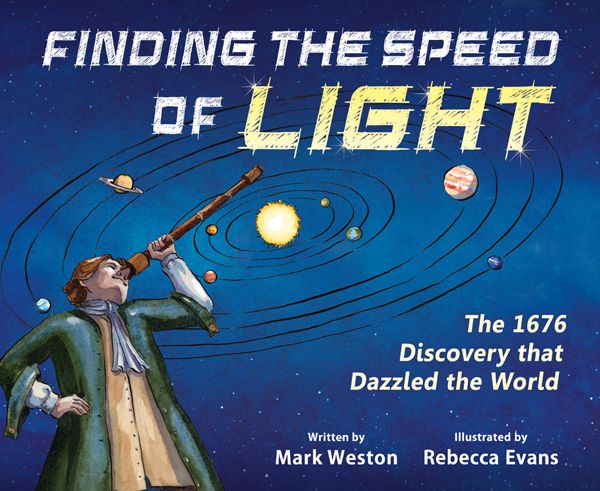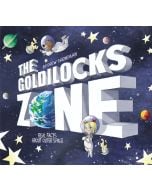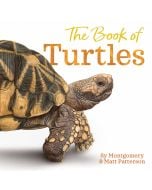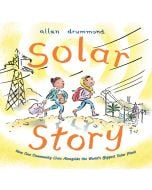
Young readers will discover what it means to recycle waste and be more eco-friendly. Introduces readers to the fact that not everything we throw away is garbage. Some things can be reused or made into something different.
By Mark Weston
Illustrators
Illustrated by Rebecca Evans
Edition
By Mark Weston
Hardcover edition
Publisher Tilbury House Publishers Imprint Tilbury House ISBN9780884485452
Young readers will discover what it means to recycle waste and be more eco-friendly. Introduces readers to the fact that not everything we throw away is garbage. Some things can be reused or made into something different.
 5
5
Out of stock
SKU
9780884485452J
More than two centuries before Einstein, using a crude telescope and a mechanical timepiece, Danish astronomer Ole Romer measured the speed of light with astounding accuracy. How was he able to do this when most scientists didn’t even believe that light traveled? Like many paradigm-shattering discoveries, Romer’s was accidental. Night after night he was timing the disappearance and reappearance of Jupiter’s moon Io behind the huge, distant planet. Eventually he realized that the discrepancies in his measurements could have only one explanation: Light had a speed, and it took longer to reach Earth when Earth was farther from Jupiter. All he needed then to calculate light’s speed was some fancy geometry.
Afterword. Further information about Ole Romer. Time line. Full-color illustrations.
Afterword. Further information about Ole Romer. Time line. Full-color illustrations.
|
Standard MARC Records Cover Art |
Science Nonfiction Elementary Plus (Grades 2-6)
Science Nonfiction Elementary Plus
Science Nonfiction Elementary Plus (Grades 2-6)
For Grades 2-6
Explore everything from the galaxies to your own backyard in these accurate and up-to-date nonfiction titles. Young scientists will experience fascination monthly with the 14 books in this category.
14 books per Year
$297.36 per Year
Interests
Biographies, Graphic Novels, Nonfiction, Reluctant Readers, Science/STEAM






